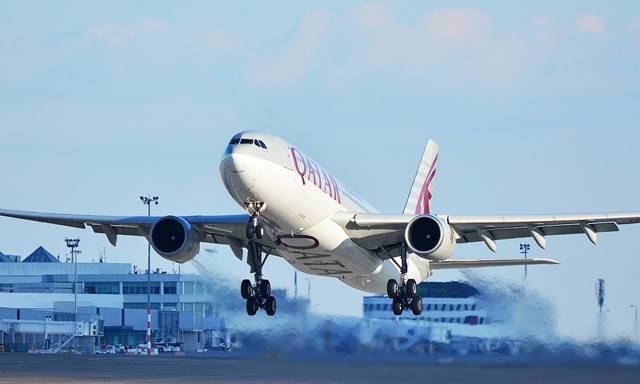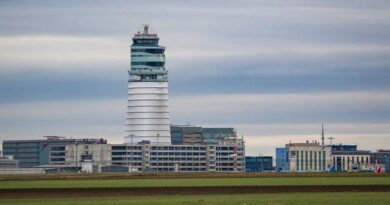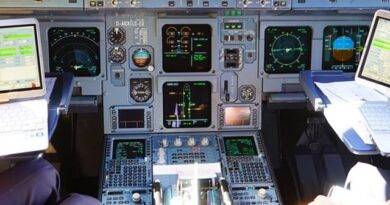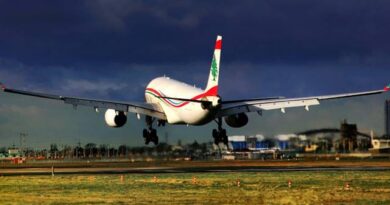Flight Control Surfaces
Airplane flight controls are tools in which a pilot controls the direction and attitude of an aircraft in flight.
Flight control surfaces
It is divided into primary and secondary flight controls.
-Primary flight control surfaces are parts that serve to safely control an aircraft during flight. It includes ailerons, elevators, stabilizers and rudder.
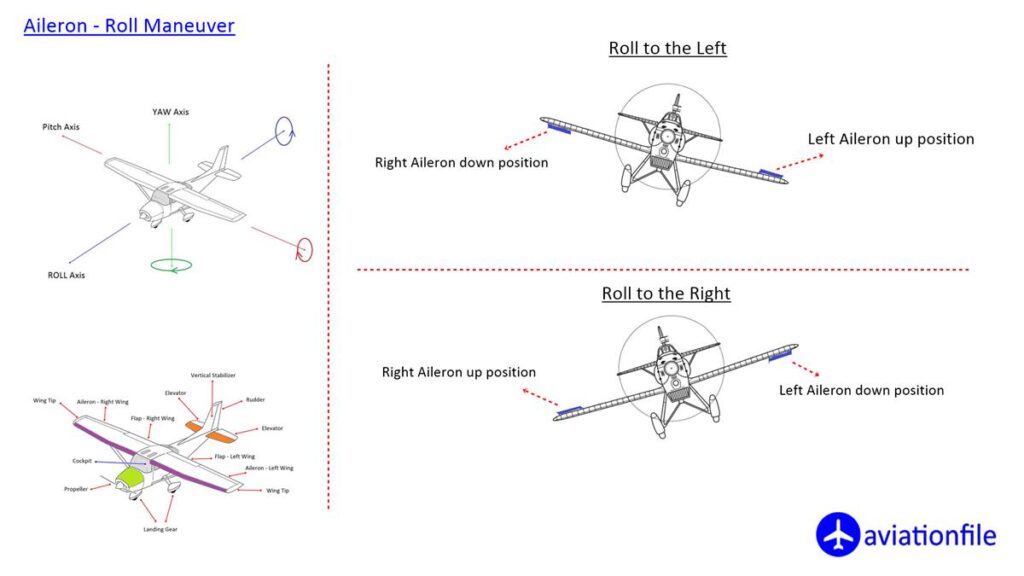
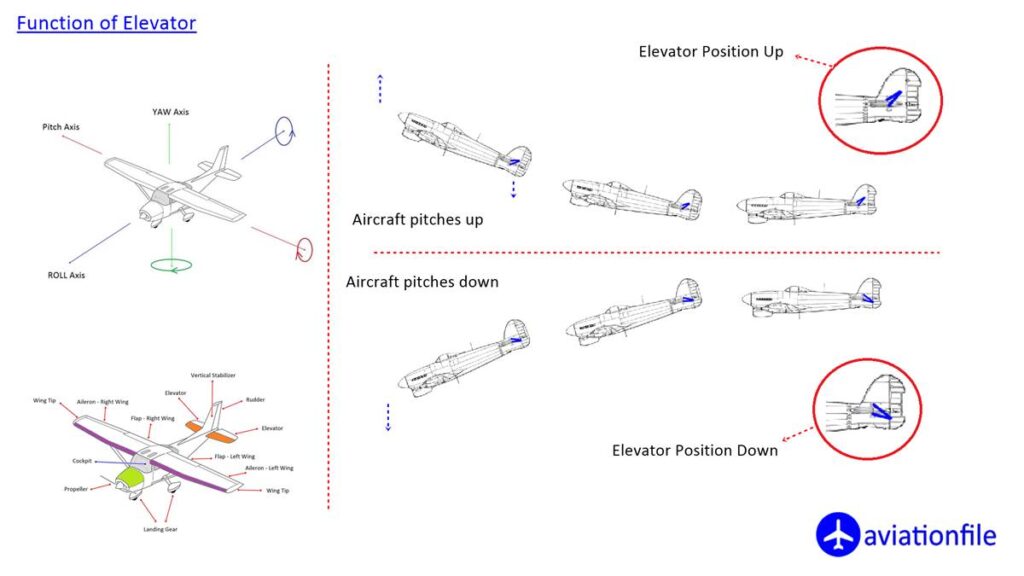
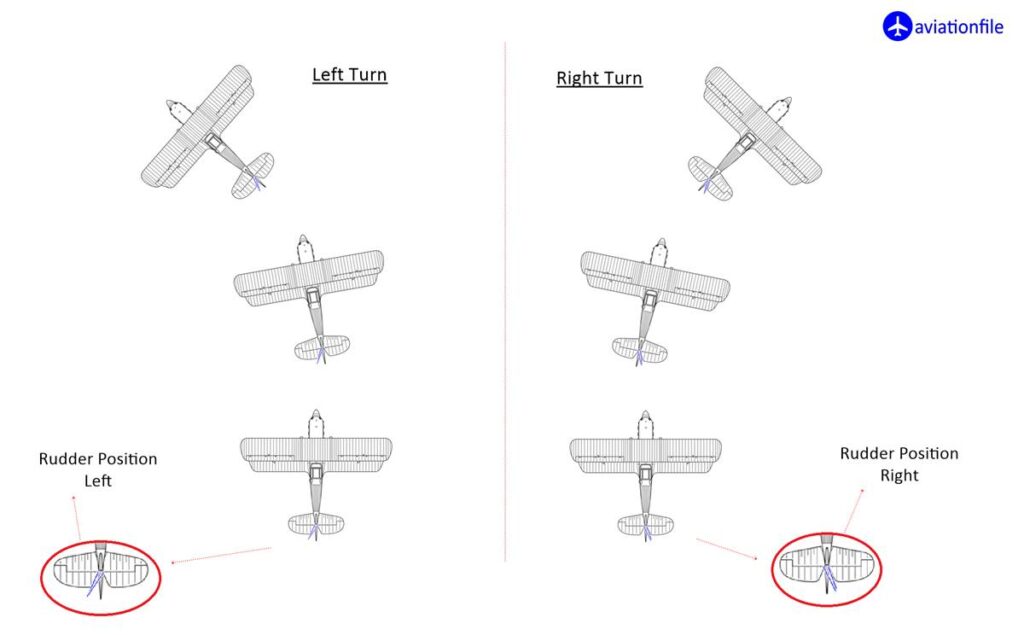
-Secondary flight controls are designed to improve aircraft performance characteristics or relieve excessive control load and consist of high-lift devices such as slats and flaps as well as flight spoilers and trim systems.
Airplane flight controls are tools in which a pilot controls the direction and attitude of an aircraft in flight.
The movement of any of the primary flight controls makes rotational movements around the yaw pitch and roll axes. It causes the plane to rotate around the axis of rotation associated with the control surface. The ailerons control the movement around the longitudinal axis (roll), the elevator controls the rotation around the lateral axis (pitch) and the rudder controls the movement around the vertical axis (yaw).
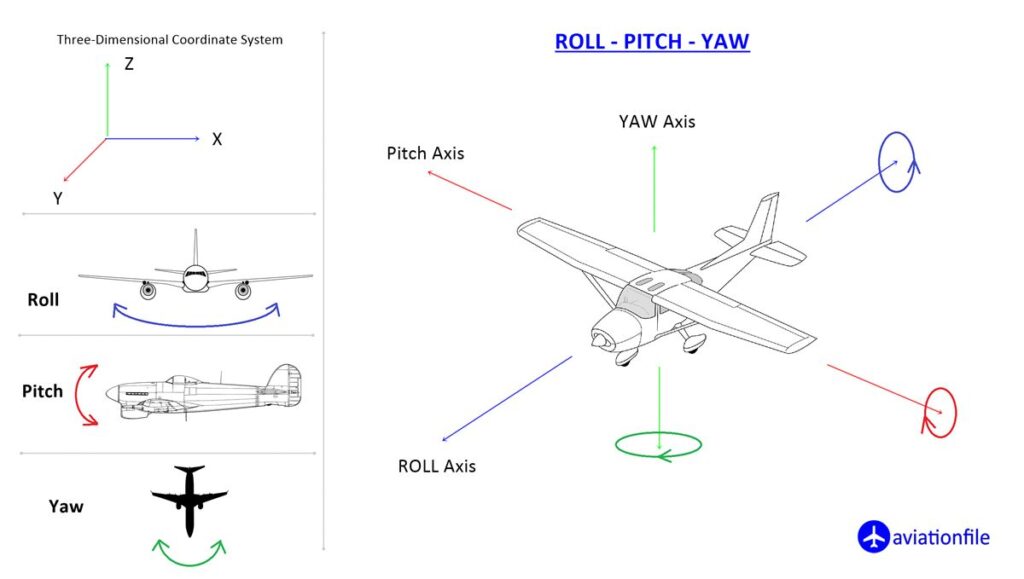
The most basic flight control systems are mechanical and are used in most light, general aviation aircraft, although they date back to the oldest aircraft types. In this design, a collection of mechanical components such as cables, pulleys, rods, and chains transmit the movement of the flight deck controls to the appropriate control surfaces. In a larger and faster aircraft, the aerodynamic forces become so great that the pilot cannot overcome without assistance, so hydraulic systems are often included to move the flight control surface. In some new aircraft models, the pursuit of reduced weight and the associated fuel savings led designers to replace most of the mechanical components with computers and fiber optics to produce control systems called Fly-By-Wire.
